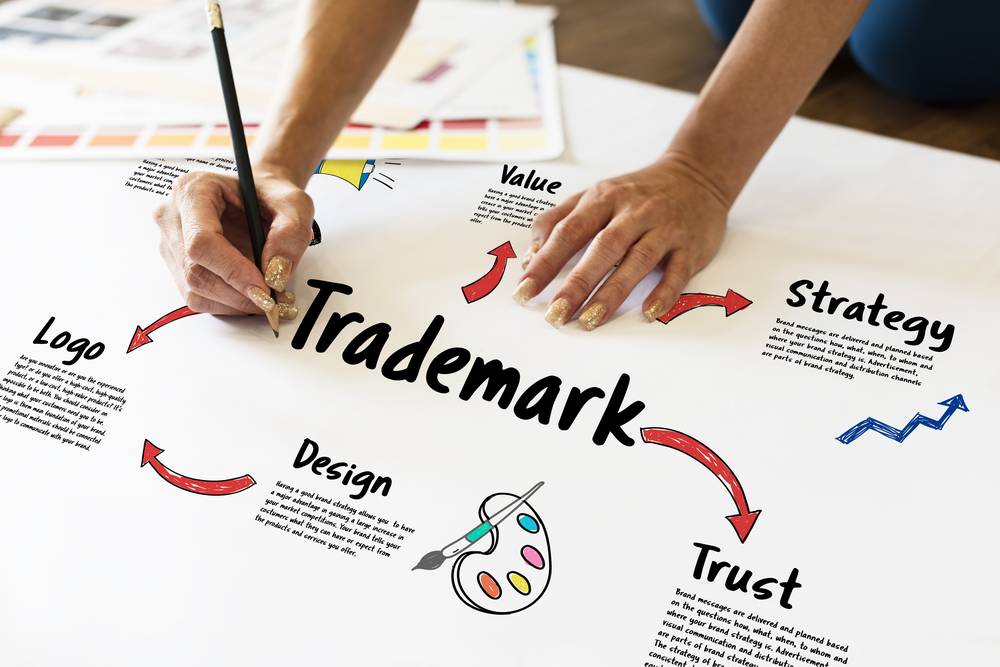
Introduction: What are the Basics of Trademark Eligibility and Copyright Registration?
keywords: trademark registration, copyright registration
The U.S. Patent and Trademark Office (USPTO) is a government agency that handles the registration of trademarks and copyrights.
Trademarks are used to identify the source of goods or services and to distinguish them from those manufactured or sold by others. Copyrights are used to protect original works of authorship, such as literary, dramatic, musical, artistic and other intellectual works.
Registration with the USPTO is not required for trademark or copyright protection in general but it does provide certain benefits not available without registration including:
-A legal presumption that the mark is valid;
-A legal presumption that the owner is the person who filed an application to register it;
-The ability to file a lawsuit in federal court alleging infringement of a mark;
What is Protectable Under Trademarks & Copyrights?
keywords: trademark registration process, copyright clearance, copyright protection
Trademarks are a form of intellectual property that is used to identify a specific product or service. They can be registered and protected by registering them with the U.S. Patent and Trademark Office (USPTO). Trademarks can be registered for the following categories:
– Product or service names
– Business logos, slogans, words, or short phrases
– Packaging materials like labels and wrappers
– Colors
And more!
The copyright process is much different than the trademark process. Copyrights are not registered with any government office but instead are automatically granted to an original work of authorship as soon as it is fixed in a tangible medium of expression such as writing, drawing, painting, photography, etc.
What Information Is Required in a Trademark or Copyright Application?
keywords: trademark application pdf, copyright renewal form
A trademark application is a document submitted to the United States Patent and Trademark Office (USPTO) by an applicant who seeks to register a trademark with the USPTO.
A trademark application is a document submitted to the United States Patent and Trademark Office (USPTO) by an applicant who seeks to register a trademark with the USPTO. The applicant must pay the appropriate fee and provide information including a mark of identification, a list of goods or services, etc.
A copyright is the exclusive right granted by law to an author or composer for certain types of work. Copyright protection is available for original works of authorship, whether published or unpublished, that are fixed in a tangible medium including literary works, musical works, dramatic works, motion pictures and other audiovisual creations such as sound recordings.
The purpose of this section is to educate people about what information they need when filing for a trademark or copyright.
How to Choose Between Trademark Registration and Copyright Protection for your Intellectual Property?
A trademark is a word, phrase, symbol or design, or a combination of words, phrases, symbols or designs that identifies and distinguishes the source of the goods from those of others. A copyright is a form of protection provided to authors to prevent others from using their work without permission.
Copyright protects original works such as books, music and films. Trademark rights protect logos and slogans.
Copyright is a form of intellectual property that protects original works such as books, music and films. A trademark is an emblem or symbol used by its holder to distinguish their products from those of competitors.
Copyright is the legal protection of original works such as books, movies, music and art. It protects the expression of ideas in a tangible form. Trademarks are used to identify products and services from a specific company or organization.
Is My Idea Eligible for Trademark or Copyright Protection?
keywords: copyright law eligibility, how do i register my copyright, can you copyright a blog post)
The U.S. Copyright Office says that you can’t copyright a blog post, but you can copyright the title, subtitle and text of your post. You also have to register the content with the U.S. Copyright Office for it to be eligible for protection against infringement.
Copyright law eligibility is a question many people ask themselves when they come up with a new idea, so this article will answer that question and provide some information on how you can protect your idea from being stolen or used without your permission by providing some examples of what is eligible for copyright protection and what is not eligible for copyright protection under current law in the United States.
Conclusion: It is crucial to manage your intellectual property in the digital age.
In this section, we will look at how to protect your intellectual property in the digital age.
Intellectual property is a term used to describe original creations, such as books and movies, that are protected by law. In the past, the protection of intellectual property relied on the simple ownership of an item. When it was owned, it was protected. Today there are other ways to protect intellectual property through laws and technological solutions.
It is crucial to manage your intellectual property in the digital age. With the ease of access to information, it is important that you are able to protect what you have created and make sure that it has not been copied or used without your consent.
